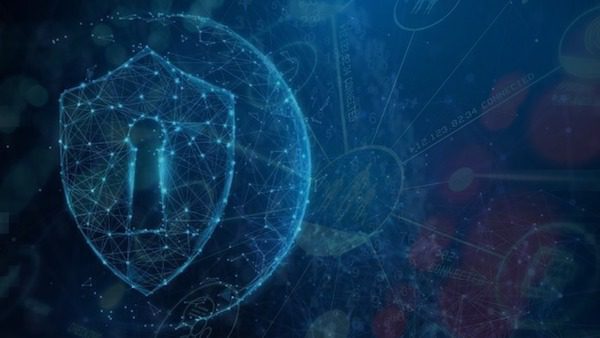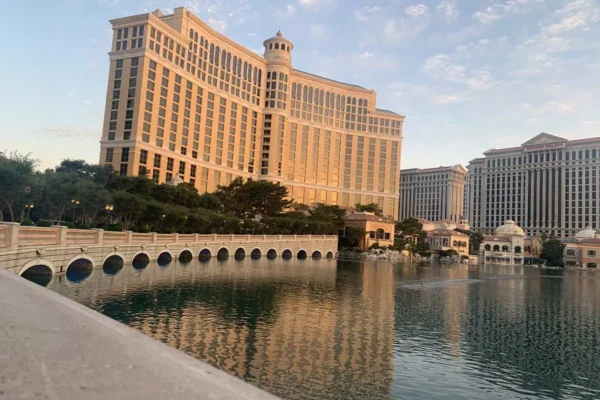by Chris Kappes, Exhibit City News
Patterns play a significant role in our lives and particularly in the live event industry.
Globally, there are over 32,000 exhibitions annually, featuring 4.5 million exhibitors and hundreds of millions of attendees. Whether it’s events that regularly repeat themselves or the routines we follow, patterns help us make sense of the world. The choices we make are pattern-influenced, either positive or negative.
I was reminded of this after attending a July 4th fireworks event at Navy Pier in Chicago a few years back. My “pattern antenna” regarding attending large public events has changed forever.
At the fireworks show’s end, a stampede occurred when gunfire went off. A column of people panicked, fled in all directions, and police on horseback were incapable of controlling the crowd. Like bowling pins, everyone around us was knocked down and unable to escape the melee. A pattern gone bad.
After the tragic events of this past weekend, we as an industry MUST BE even more vigilant in securing and protecting the live event industry from “pattern disruption” caused by terrorism or bad actors.
Our Neanderthal ancestors relied on pattern recognition for survival. It allowed them to identify poisonous plants, distinguish predators from prey, and interpret celestial occurrences. Today, pattern recognition remains critical in decision-making, even if we’re often unaware of it. We all have unique ways of being “pattern smart.”
As an industry insider for thirty-plus years, I’ve seen how porous our industry is, and we’re vulnerable in many ways:
Freight: Thousands of packing containers and crates enter exhibition halls from a web of US and international suppliers. Are the contents screened?
Onsite Workers: Thousands of onsite workers produce trade events. How many have background checks and are vetted by security?
Security: I’m embarrassed to say, I’ve snuck into many shows over the years through doors not locked, inattentive security, false badges. Security is lapse at best.
As an industry, we’ve been fortunate to escape tragedy. If a lone gunman can get shots at a former President who has three layers of security protection, no industry is safe. Moreover, it’s incumbent upon all of us to be the eyes, ears, and voice for stepped-up event security. As we experienced with COVID, pattern disruption (interruption of annual shows/events) is devastating to the health and welfare of our community and the health of our industry.
Amplifying the Impact of Terrorism on Events
Terrorism and acts of violence have become increasingly sophisticated and unpredictable, often exploiting the very patterns we rely on for safety and efficiency. The implications for the live event industry are profound:
Psychological Impact: The fear of potential attacks can deter attendance, affecting both the economic viability of events and the overall atmosphere. Attendees and exhibitors need assurance that their safety is a top priority.
Economic Consequences: Events are significant economic drivers for cities and regions. A single incident can lead to long-term financial repercussions, not just from immediate cancellations but from a lasting decline in attendance and participation.
Operational Disruption: Terrorist threats and attacks can disrupt the logistics and smooth operation of events. This includes everything from transportation and accommodation to the delivery and setup of exhibits.
Strengthening Event Security
To safeguard the future of our industry, we must adopt a multi-faceted approach to security that leverages pattern recognition and disrupts potential threats before they materialize:
Enhanced Screening Processes: All freight and materials entering event venues must undergo rigorous screening. This includes advanced scanning technologies and thorough checks of shipping documentation.
Comprehensive Vetting of Personnel: All onsite workers should be subject to background checks and continuous vetting to ensure that only trusted individuals are granted access to sensitive areas.
Robust Access Control: Implement state-of-the-art access control systems, including biometric identification and real-time surveillance, to prevent unauthorized entry.
Collaborative Security Efforts: Foster close collaboration between event organizers, venue operators, local law enforcement, and private security firms. Sharing intelligence and resources can create a more formidable defense against potential threats.
Continuous Training and Drills: Regularly conduct security training and drills for all personnel involved in event management. This ensures preparedness and a swift, coordinated response in the event of an emergency.
By recognizing and responding to the patterns that underpin our industry, we can build a resilient framework that protects both our events and our communities from the ever-evolving threat of terrorism. It’s a collective responsibility that demands vigilance, innovation, and unwavering commitment. This is not an option. It’s a responsibility.
































